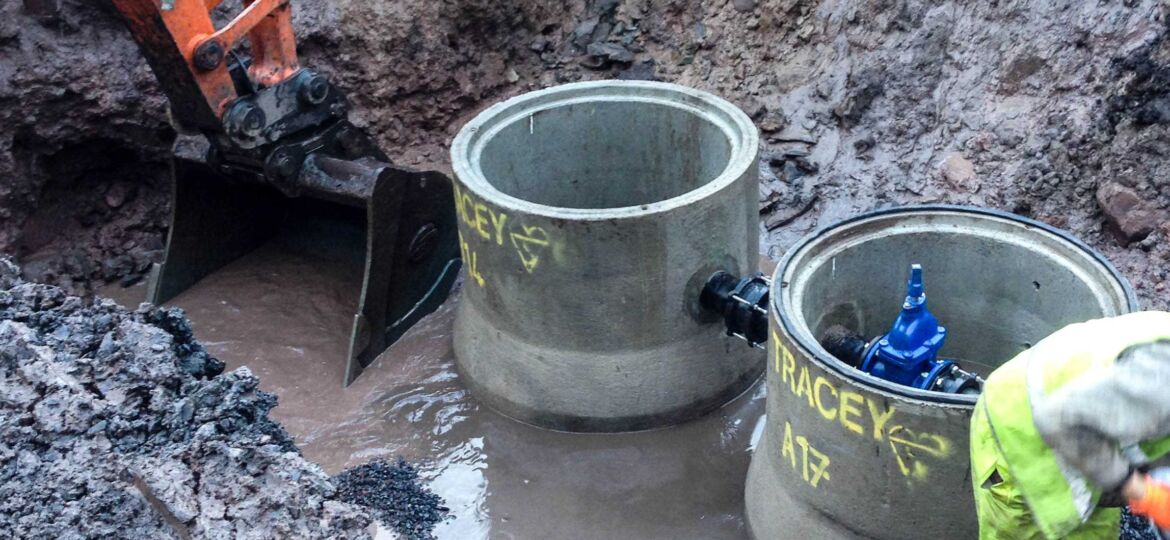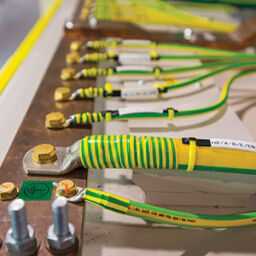
Catchpits refer to a pit inside a drainage system. This piece in the drainage system collects matter that could potentially cause blockage. On draining systems that do not make use of any sort of geo-membrane, a catchpit system is appropriate. This will minimize the collection of soil particles and other pieces of sediment like grits and silts. This pit must be considered before setting up outfall.
When you look at a catchpits piece, you will see an empty chamber. It will also have an inlet pipe and outlet pipe. These pipes are set up at a level above the floor. Any materials caught by the filtering system will be eliminated inside the pit through manual removal or pumping.
The question is, what is the advantage of using catchpits in construction projects? Consider, for example, the advantages of a DN 1050 Precast Catchpit. (It can fit pipe sizes DN150 to DN300) This model is able to provide a sealed sump manhole and connect with all sorts of materials like uPVC, clay, concrete, ductile iron and twinwall. It is fitted with connector seals for the best compatibility.
If you use a concrete catchpit, you will have a watertight operation right away. It is cheaper to use concrete and will also save on construction time and in your overall resources. You will have connection with all sorts of pipes that you might encounter in manhole and drainage system management. There are safety and labor benefits, since the pre-formed sump and connector seals save you some time.
Many construction professionals find it convenient that they can oversee concrete catchpits systems within the environment. This option also eliminates material wastage. There is greater industry confidence in using concrete. What about the effect on the environment? Concrete is much more environmentally friendly than steel is. When you use concrete, you are actually helping to minimize the depletion of earth’s natural resource. Concrete is made out of materials that are easily available: water, cement and aggregate. (This might include sand and gravel) Cement is made up of three quarters of limestone; this is the most common mineral on the planet! Hardly a waste.
The environmental benefit of using a concrete catchpit is one of the most important factors to consider, though it’s far from the only advantage. If you are starting a construction project soon and are building catchpits then switch from second rate material to cost-efficient concrete!
AUTOPOST by BEDEWY VISIT GAHZLY



